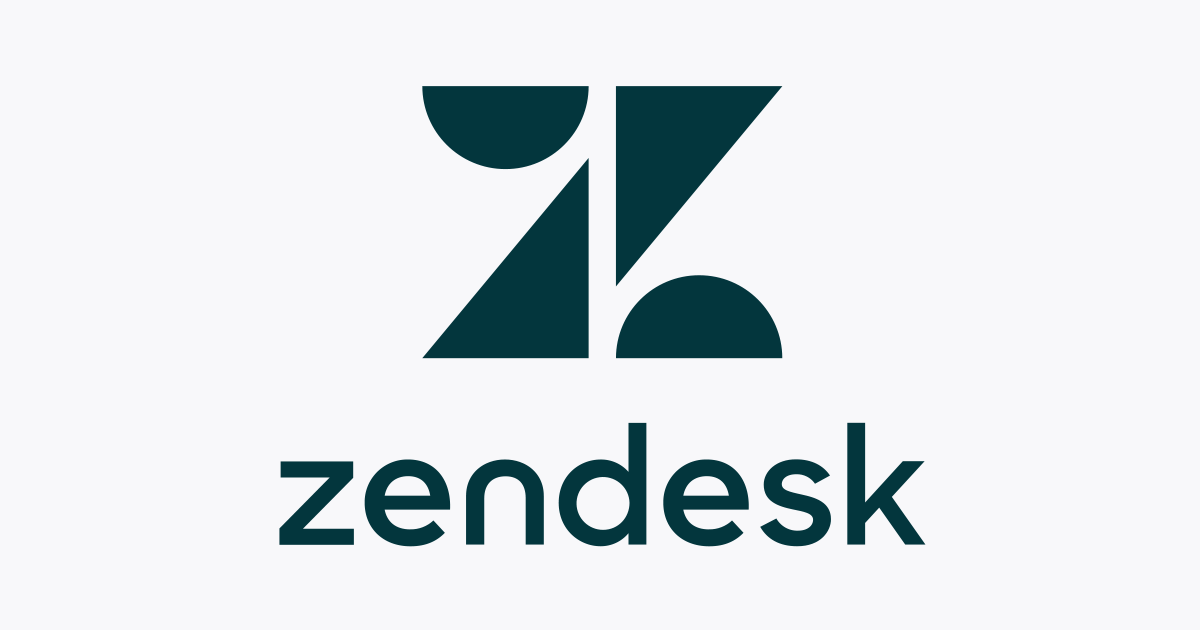
Connecting Zendesk with google sheets
Hi! Today, I have come up with another interesting topic of zendesk and google sheets integration. The use case here is, whenever a new ticket is created in zendesk, automatically add a new row in google sheets with all the ticket information.
Let's understand what these two software applications are all about. Zendesk is a customer service and support ticketing software whereas google sheets is an online spreadsheet program.
The issue here is that zendesk and google sheets don't have any integration between them. That's why we are going to use a software named 'Pabbly connect'. It is an integration software that will help you to transfer data between zendesk and google sheet.
So let's get started...
First go to the link pabbly.com and sign up for free, and click on 'Pabbly Connect' > 'Access now'.

In the dashboard, on the top right corner; click on 'Create Workflow'. You can give any appropriate name according to your choice and click on create.

Next, choose the app as zendesk. In the trigger events, we have to chose 'New Ticket' trigger event among all. That's because our motive is to send ticket information to google sheet whenever a new ticket is created. This automation can be termed as trigger.
Coming down, we can see 'Webhook URL'. It is an essential way to get data from an external software at pabbly's end. This helps you to make a connection between the trigger software application and pabbly connect.

After choosing the app and trigger event, we copy the webhook URL and paste it in the trigger software application i.e. zendesk.
Now, we have to follow the given instructions and paste the URL in zendesk. I will be explaining the process through pictures in the further steps.







As you can see it is waiting for webhook response, so that means we have to go create a ticket. So, let's go back to our zendesk account and create a new ticket as shown below.

Now, let's go back to pabbly connect. We can see that it has already captured the data. You can check all the parameters and click on save.

So here we have successfully finished our first step pf integration; and let's start start our second step of integration i.e. integrating with google sheets.
Scroll down and click on '+' button and add and action step. Let's choose google sheet. so whenever a new ticket is created in zendesk, we want to add a new row in google sheets. That is why let's select 'Add New Row' as the action event. Then click on 'Connect'.

Next, click on 'New Credentials'. Go to google sheets and create a new blank google sheet and create few fields as shown below.

Now click on connect with google sheets and allow. Here we can see that there are few fields same as the headings in google sheets. We have to fill these fields with webhook response we got and click on save.

So we have got our API response, that means we have successfully integrated zendesk and google sheets. Let's click on save.

Now let's go to google sheets and see if we have all our details recorded.

That should be a yes!
So we have successfully finished our integration.
Hope you liked this blog. Thank you for your time!






